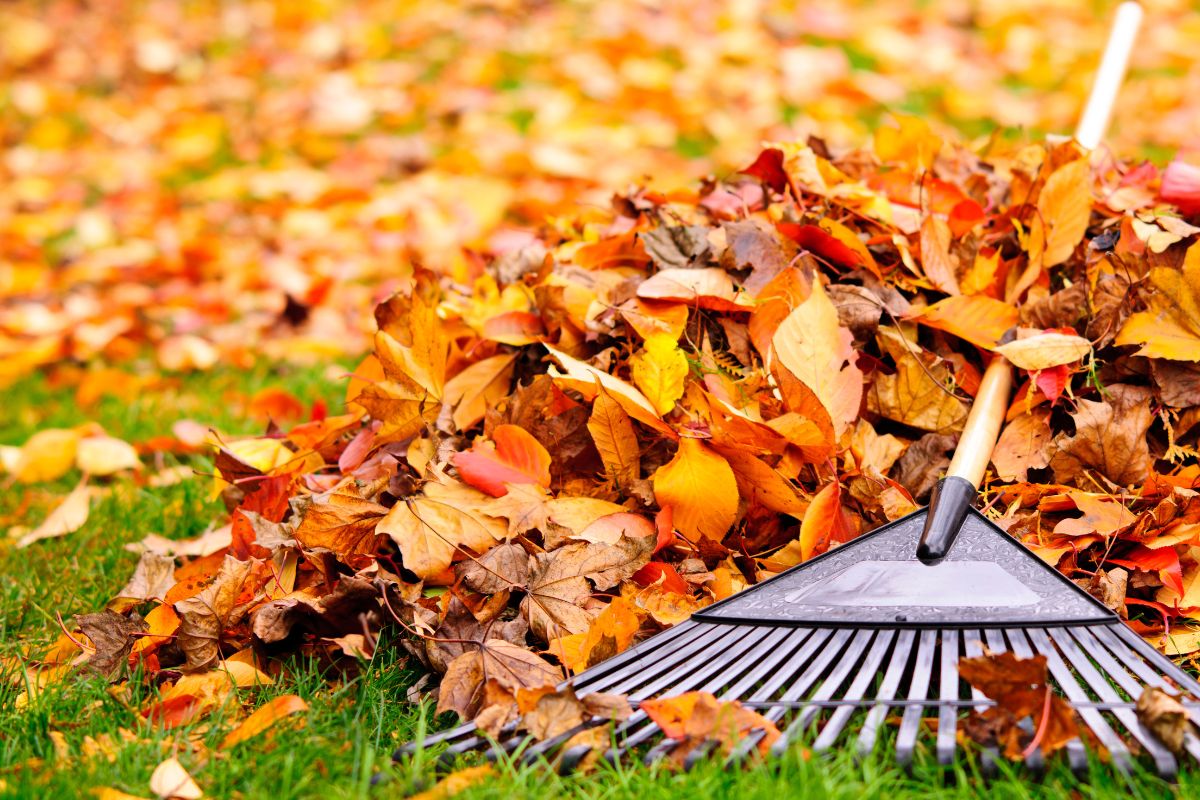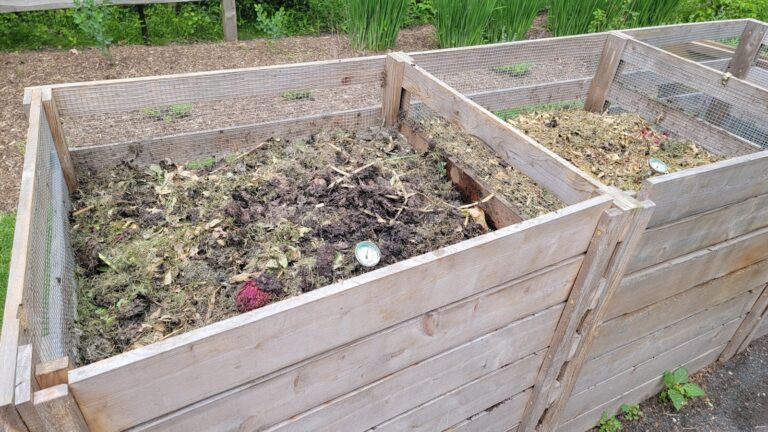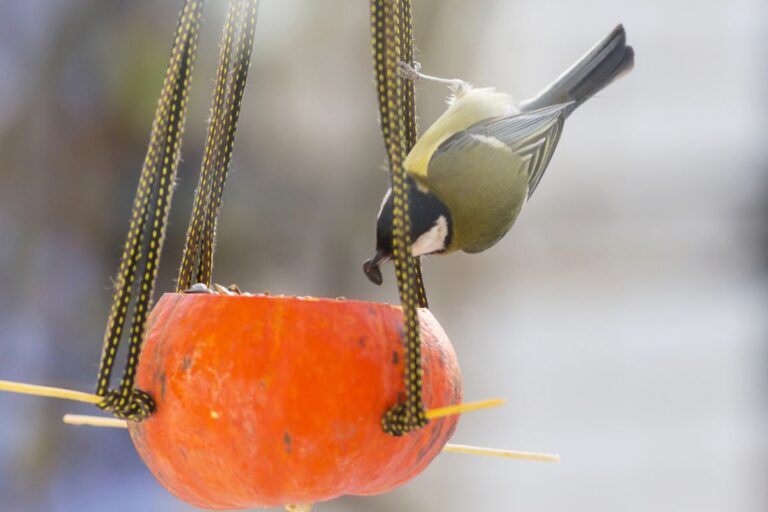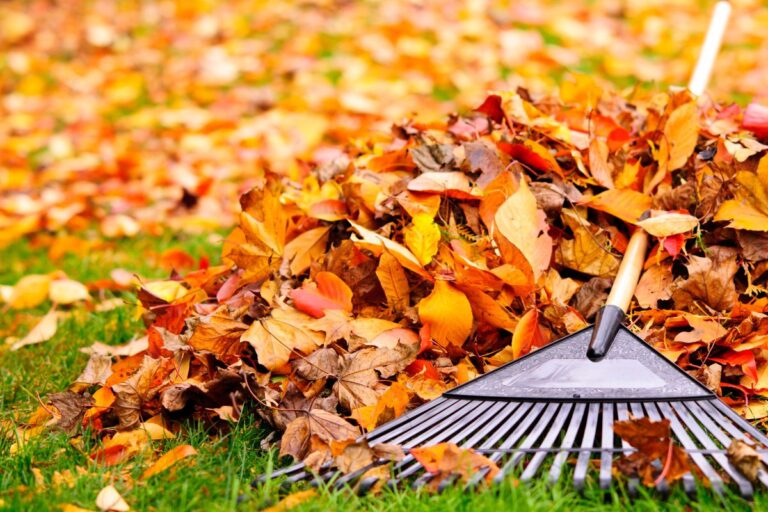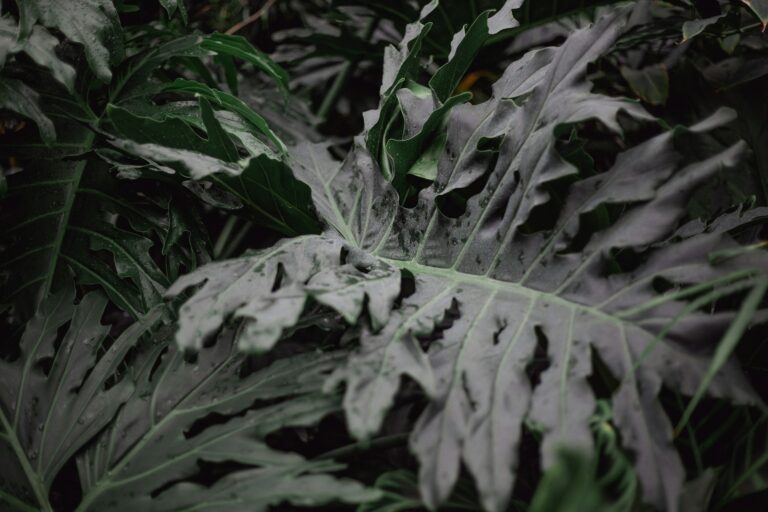Fall Cleanup: What to Do and What to Leave Behind for a Stress-Free Season
As the leaves change and temperatures drop, your yard needs a bit of attention to prepare for the colder months. Knowing what to clean up and what to leave behind can make fall cleanup easier and better for your garden’s health. The key is to remove debris like fallen leaves and weeds to prevent pests, while leaving certain plant stems to support beneficial insects through winter.
You don’t have to strip your garden bare to get it ready for next spring. Leaving some natural elements in place not only helps wildlife but also improves your soil and plant resilience. By being thoughtful about what you clear away and what you keep, your yard can stay healthy all year round.
Essential Fall Cleanup Tasks
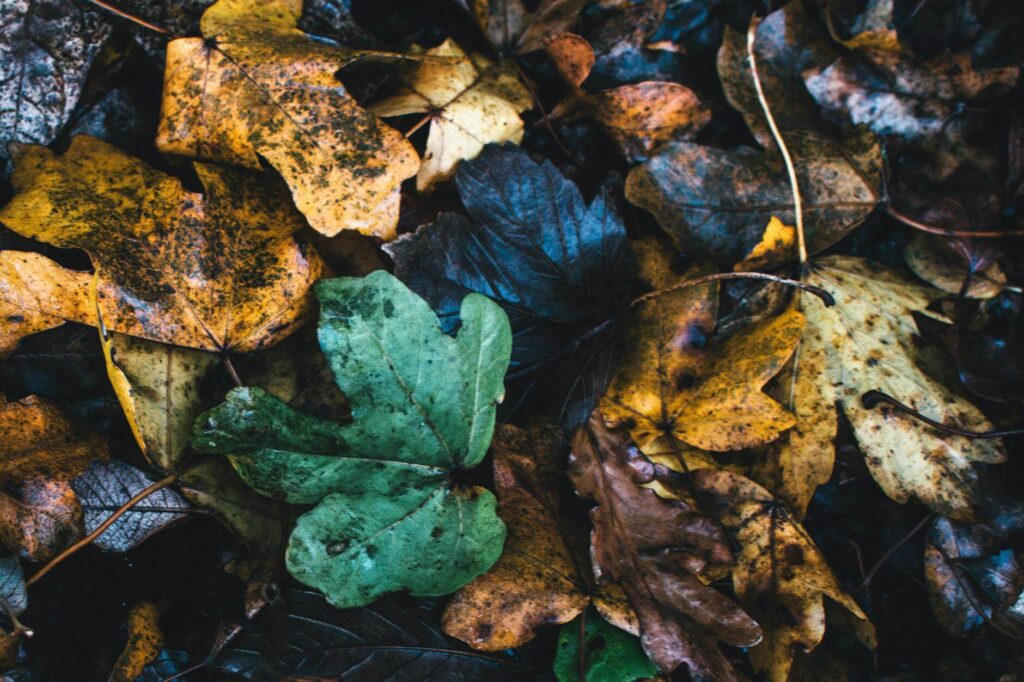
Fall cleanup focuses on managing fallen leaves, removing dead plants, and shaping your shrubs and trees. These steps help protect your garden through winter and prepare it for a healthy spring.
Raking and Mulching Leaves

Raking leaves prevents them from smothering your lawn and reduces the chance of mold growth. Instead of discarding all the leaves, consider mulching some with your mower to return nutrients to the soil.
You can leave a thin layer of leaves in garden beds as insulation for plants, but avoid thick piles that invite pests. If you want to create a natural mulch, shred the leaves first to speed decomposition and prevent matting.
Raking regularly during heavy leaf fall helps keep your yard clean and prevents buildup. Think of it as balancing cleanup with nature’s benefits.
Clearing Out Annuals and Dead Plants
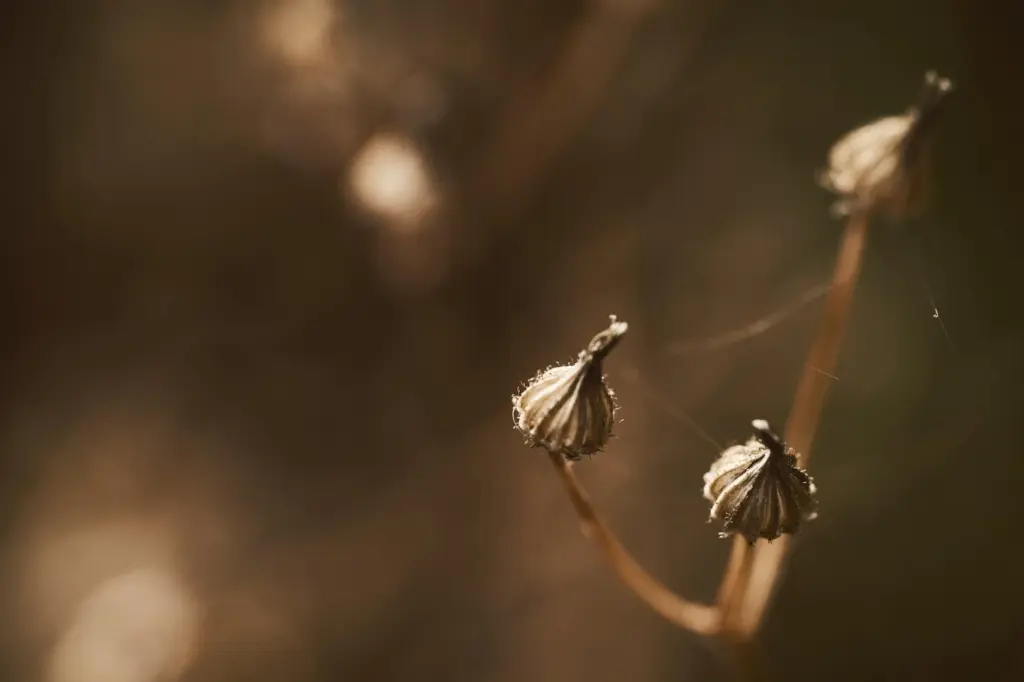
Remove annual plants once they stop producing or die back to prevent disease and pest buildup. Dead plants can harbor insects or fungal spores that survive winter and attack your garden in spring.
Pull out old crops and spent flowers and compost healthy plant material if possible. Avoid adding diseased plants to compost piles unless you use a hot composting method to kill pathogens.
This cleanup also creates space for planting cover crops or winter vegetables if you plan ahead.
Pruning Shrubs and Trees
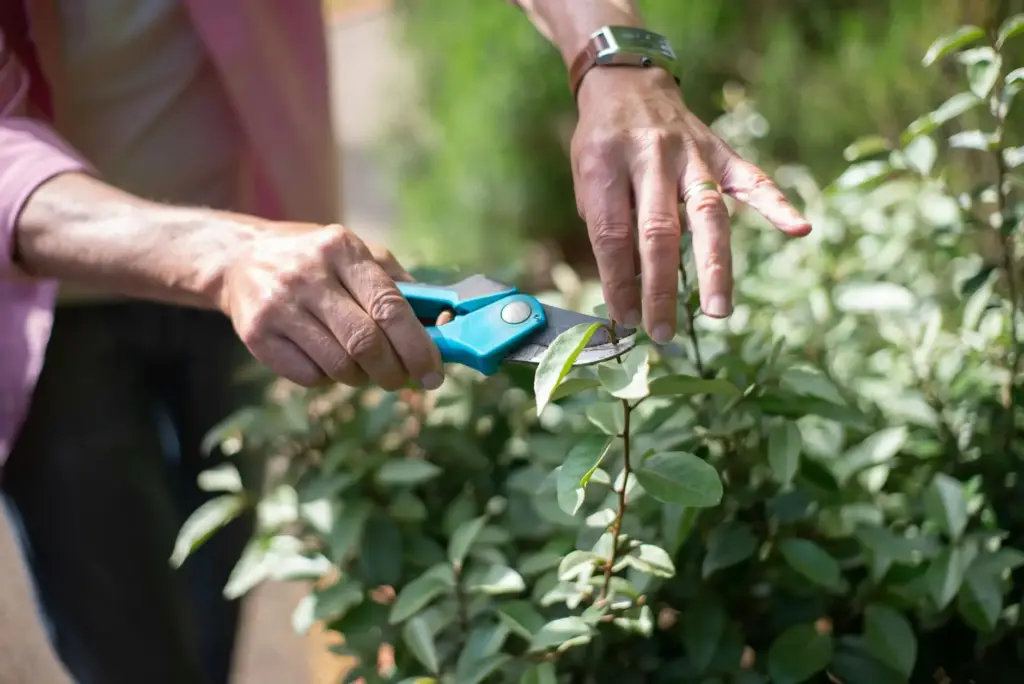
Prune dead, damaged, or crossing branches to improve the structure and health of your shrubs and trees. Focus on removing branches that block air circulation or sunlight, which helps prevent disease.
Avoid heavy pruning in late fall, as it may stimulate new tender growth susceptible to winter damage. Instead, do light pruning to clean up and shape your plants before dormancy sets in.
Use sharp, clean tools to make clean cuts, and always prune at the branch collar to promote proper healing.
What to Leave Behind for Spring
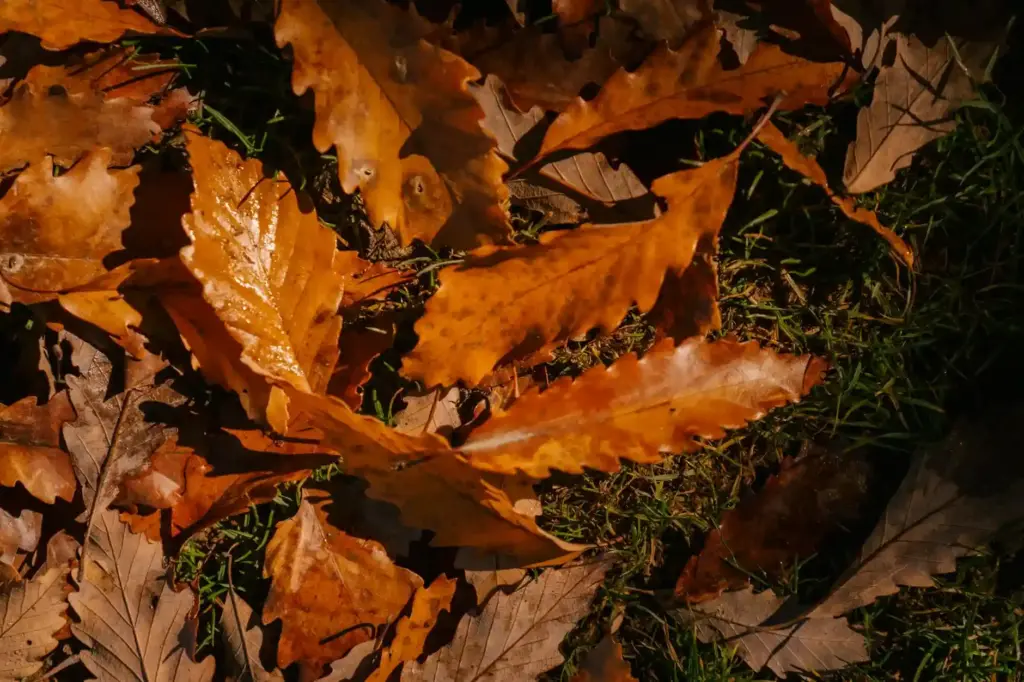
Leaving certain garden elements intact through fall and winter supports insects, birds, and plant health. This helps create a natural habitat while preparing your garden for a vibrant spring.
Beneficial Plant Debris
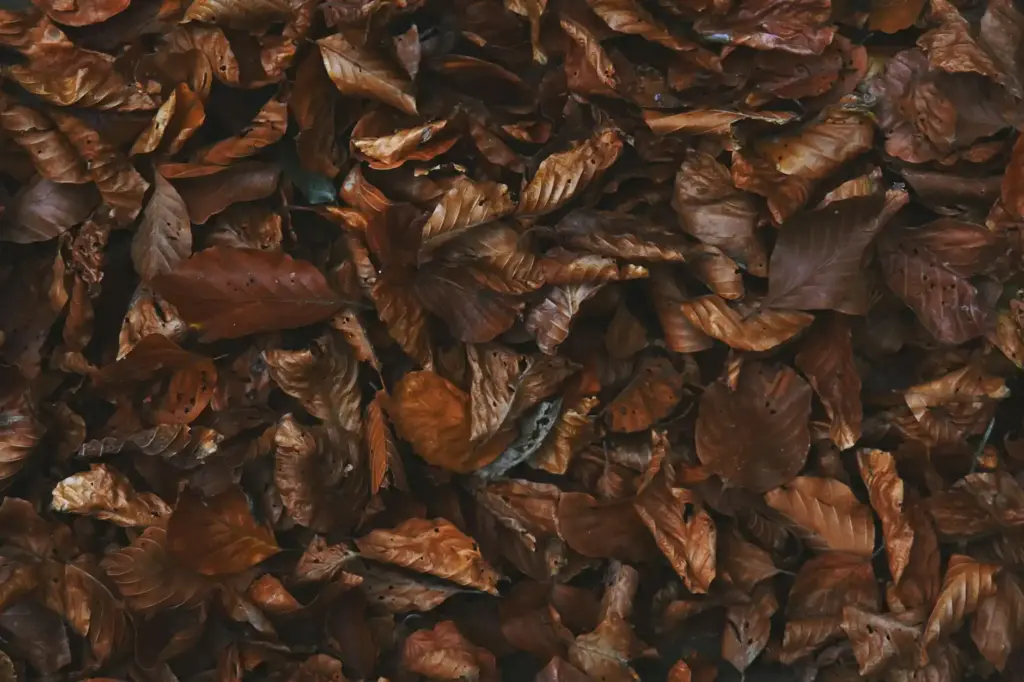
You should leave behind stems and leaves from perennial plants. Cutting stems about 8 inches above ground allows insects like bees and butterflies to use the remaining plant material as shelter.
Fallen leaves create insulation for soil and protect overwintering bug eggs and chrysalises. Instead of raking and removing them, consider gently spreading leaves to create mulch, which enriches the soil as it breaks down.
Avoid mulching leaves too heavily in spring, as that can harm overwintering insects. Let natural decomposition happen slowly to support your garden’s ecosystem.
Native Grasses and Seed Heads
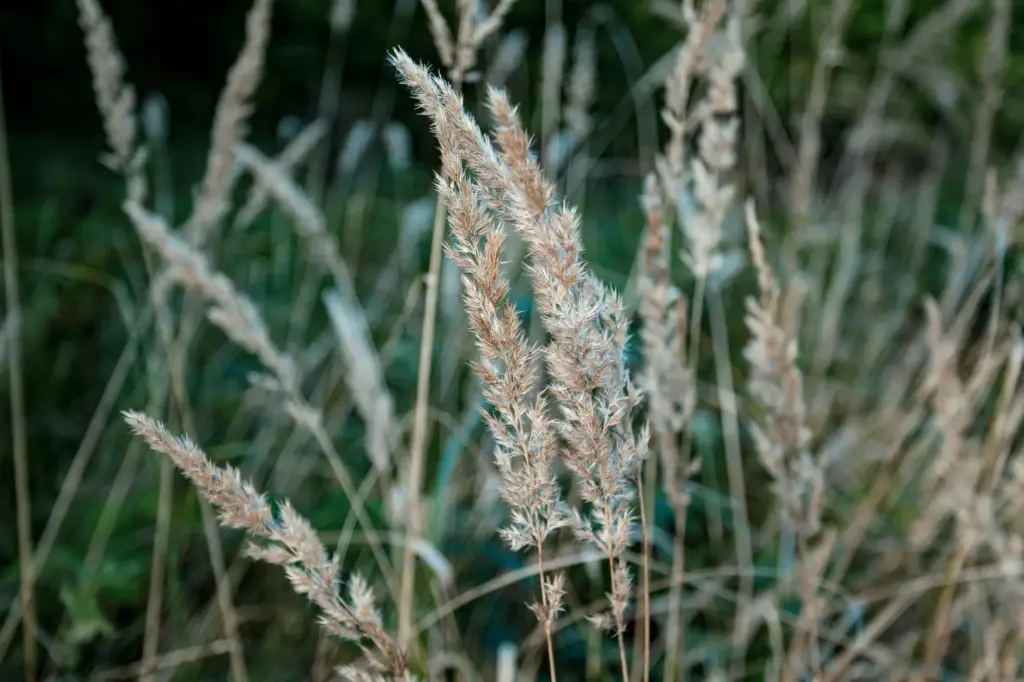
Leaving seed heads intact provides birds with important winter food. Native grasses offer shelter from cold winds and protect soil from erosion during winter months.
You can trim dead grass to about 6 inches in early spring, but leaving it over fall and winter gives beneficial insects like ladybugs and spiders a safe place to overwinter.
Keeping these natural elements supports wildlife and helps maintain soil health, so resist the urge for a total clean sweep. This approach balances tidiness with nature’s needs.
Lawn and Garden Preparation

Preparing your lawn and garden properly sets the stage for healthy growth next season. Focusing on soil health and lawn care now saves you time and effort when spring arrives.
Aerating and Fertilizing Lawns
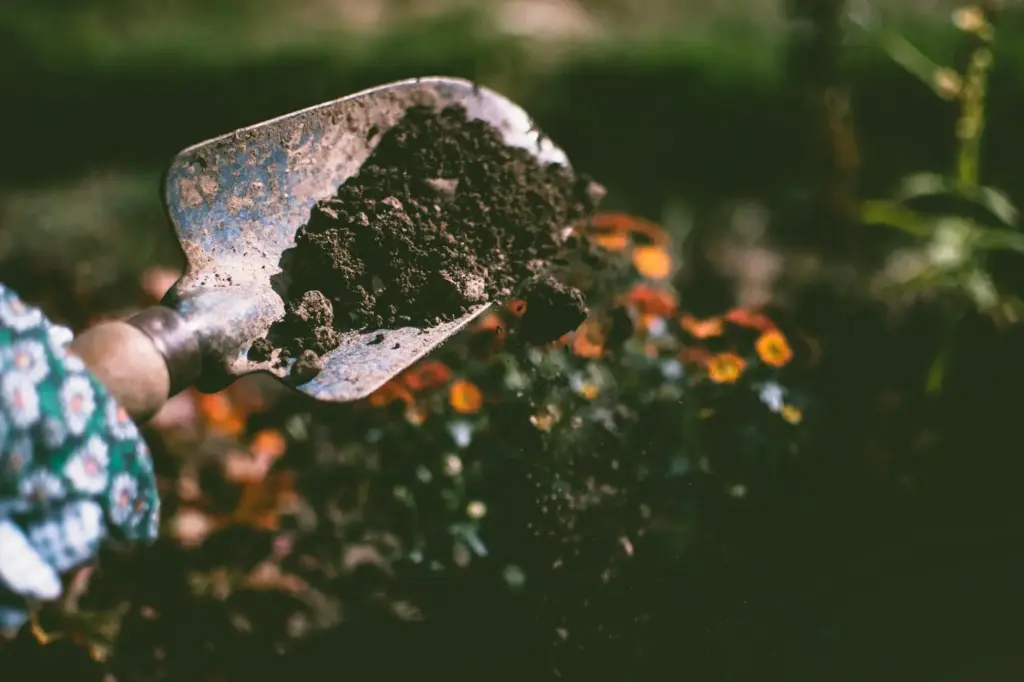
Aeration improves soil oxygen and water flow, helping roots grow deeper. Use a core aerator to remove small plugs from your lawn, especially in compacted or high-traffic areas.
Aim to aerate once a year during fall when grass growth slows but roots are still active. After aerating, apply a slow-release fertilizer high in nitrogen to nourish your lawn through winter.
Water your lawn lightly after fertilizing to help nutrients soak in. Avoid heavy fertilizers that encourage top growth instead of root development.
Soil Care and Composting Techniques
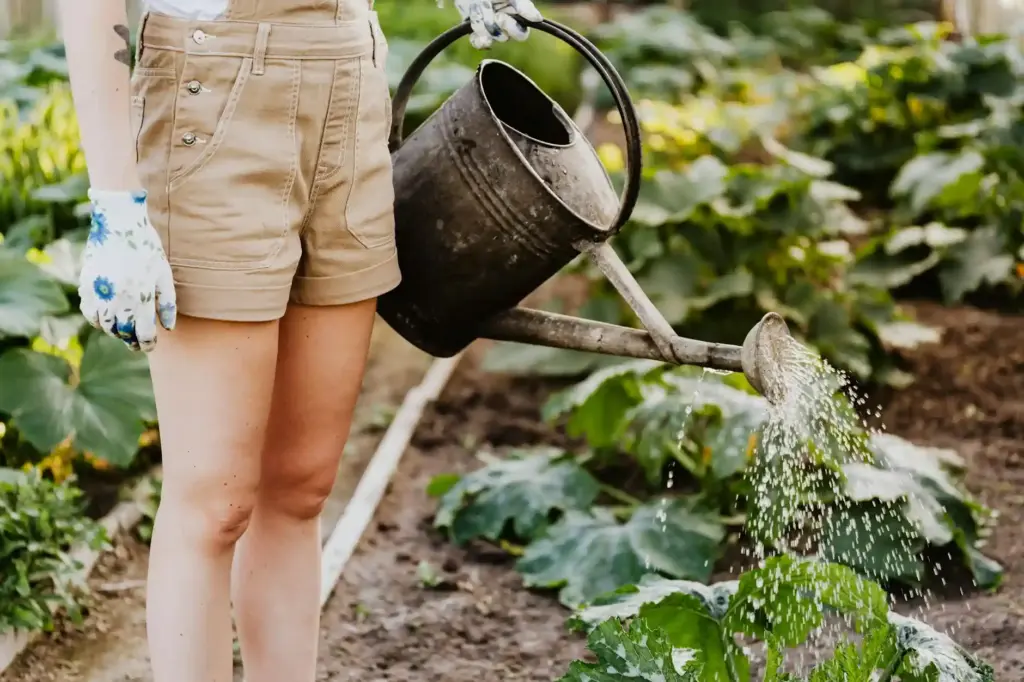
Leaving plant debris on the soil can improve nutrient cycling, but adding compost enhances soil structure and fertility. Mix 1 to 2 inches of well-aged compost into garden beds to improve moisture retention and nutrient content.
Avoid removing all leaves; letting some decompose adds organic matter naturally. Use a mulch mower to shred leaves, speeding decomposition without smothering plants.
Regularly turning your compost pile accelerates breakdown. Maintain a balance of green (nitrogen) and brown (carbon) materials for best results. Keep compost moist but not soggy to promote microbial activity.
Protecting Perennials and Bulbs
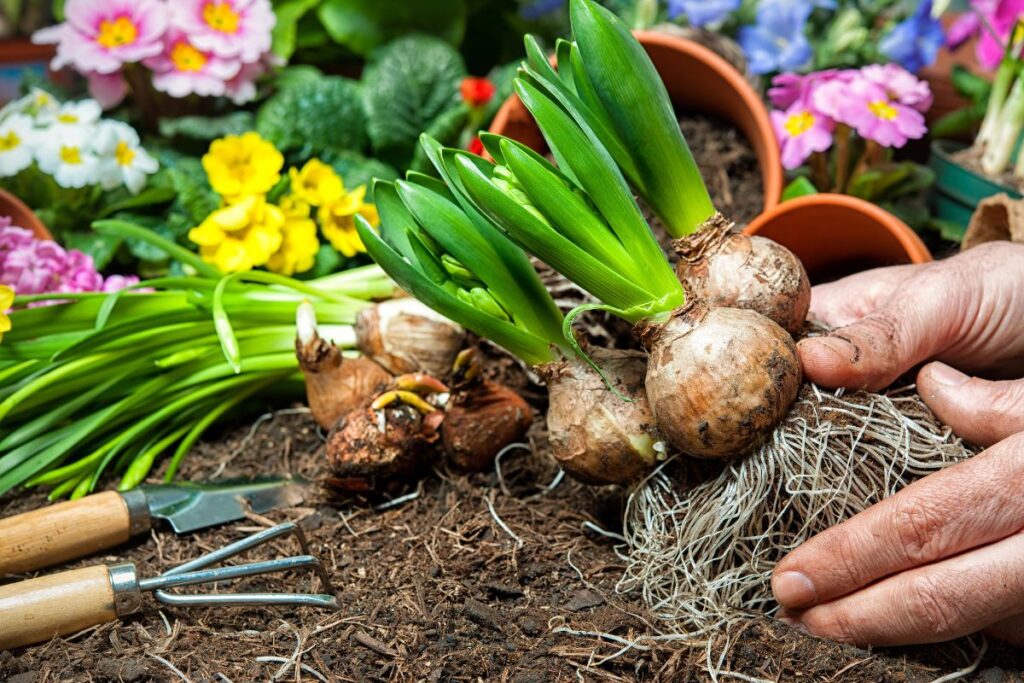
Taking steps to safeguard your perennials and bulbs ensures they survive the cold months and thrive next spring. You’ll focus on insulation techniques for sensitive plants and the best time and method to transplant or divide perennials.
Insulating Delicate Plants
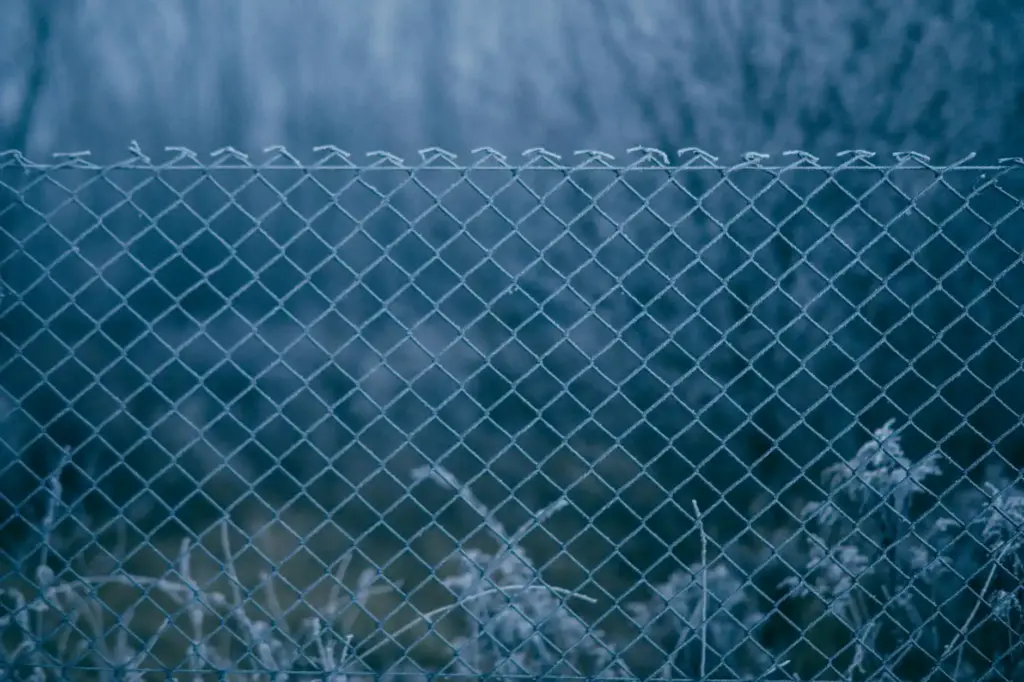
Delicate plants and bulbs benefit from extra insulation to prevent frost damage. Start by layering mulch, such as straw or shredded leaves, around the base of your plants. Aim for 2-4 inches of mulch to keep the soil temperature stable.
Avoid packing the mulch too tightly; it should allow air circulation to prevent rot. You can also use burlap or frost blankets to cover more sensitive perennials during extreme cold snaps.
Bulbs like tulips and daffodils generally do well if left undisturbed, but if your area has harsh winters, adding mulch helps protect them from freeze-thaw cycles that can rot bulbs.
Transplanting and Dividing Perennials
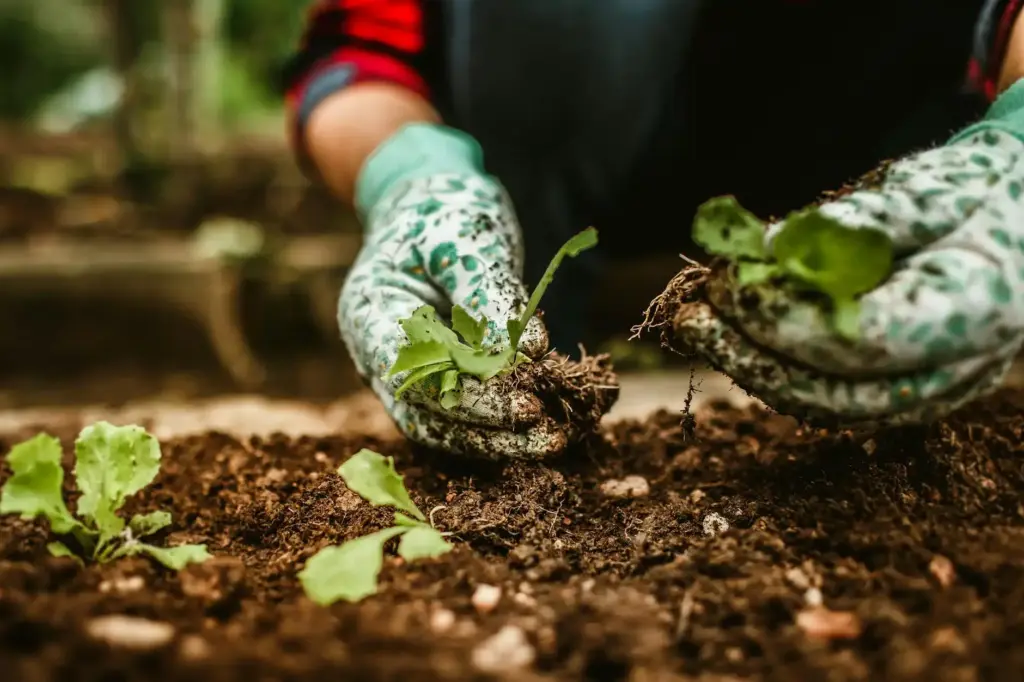
Fall is a good time to transplant or divide your perennials since the soil is still warm. Choose healthy, established plants and dig carefully around the root ball to avoid damage.
Divide perennials by separating the root clumps using a sharp spade or garden fork. Ensure each division has roots and shoots. Replant divisions promptly and water well.
Transplanting and dividing now gives your plants time to settle before winter. Avoid doing this if the ground is frozen or overly wet, which can harm roots and delay recovery.
Outdoor Maintenance and Tools
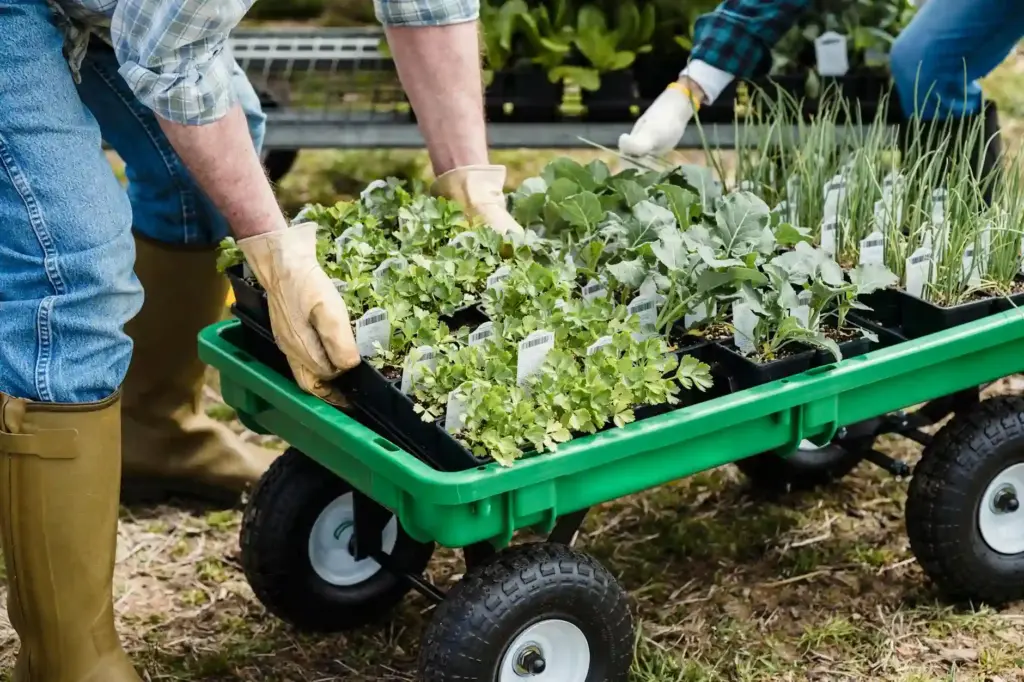
Tending to your outdoor spaces before winter requires specific actions to protect your home and gear. Focusing on clearing water pathways and preparing your tools for storage will save you time and prevent damage later.
Cleaning Gutters and Downspouts

Start by removing leaves, twigs, and debris from gutters to prevent blockages. Clogged gutters can cause water overflow, leading to damage on your siding and foundation. Use a sturdy ladder and scoop out debris by hand or with a gutter scoop.
After clearing, flush gutters and downspouts with a garden hose to check for any remaining clogs. If water doesn’t flow freely, you might need to use a plumber’s snake to clear stubborn blockages.
Check for signs of damage like cracks or sagging sections. Tighten loose fasteners and consider adding gutter guards to reduce future buildup. Cleaning gutters in the fall protects your home as winter storms approach.
Storing Garden Tools and Equipment
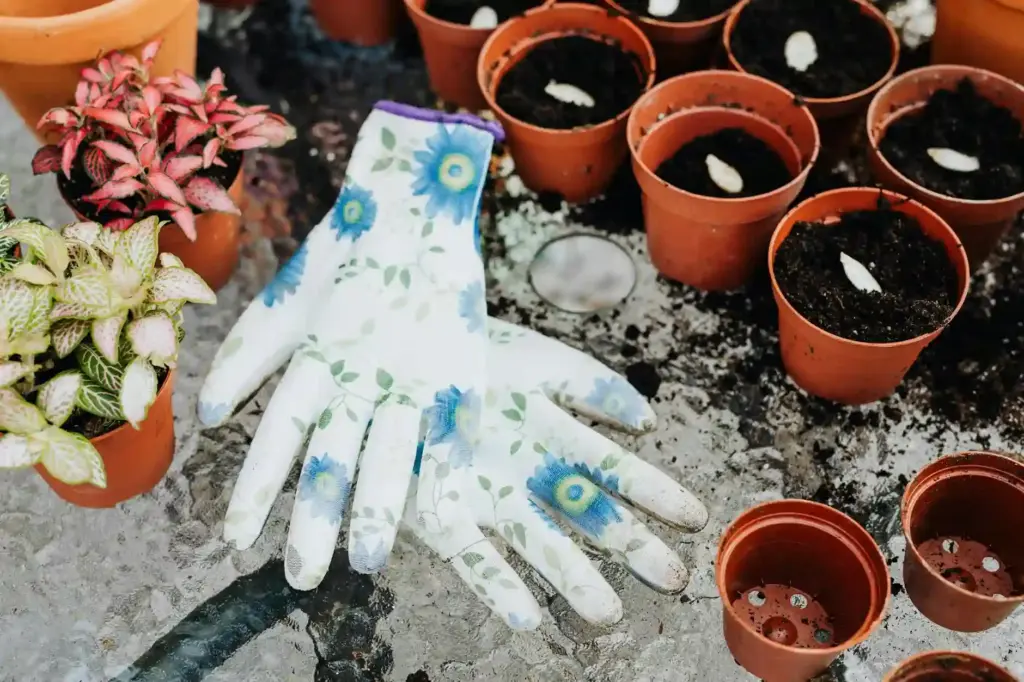
Before storing, clean all garden tools thoroughly to remove dirt and sap. Use a wire brush or steel wool to clear rust, then apply a light coat of oil on metal parts to prevent corrosion.
Sharpen blades on pruners, shears, and lawnmower blades for better performance next season. Drain fuel from lawnmowers and other gas-powered tools, or add fuel stabilizer to avoid engine problems.
Organize and store tools in a dry, sheltered spot like a garage or shed. Hanging tools on a pegboard keeps them off the ground and easy to find. Proper storage extends the life of your equipment and makes spring cleanup easier.

